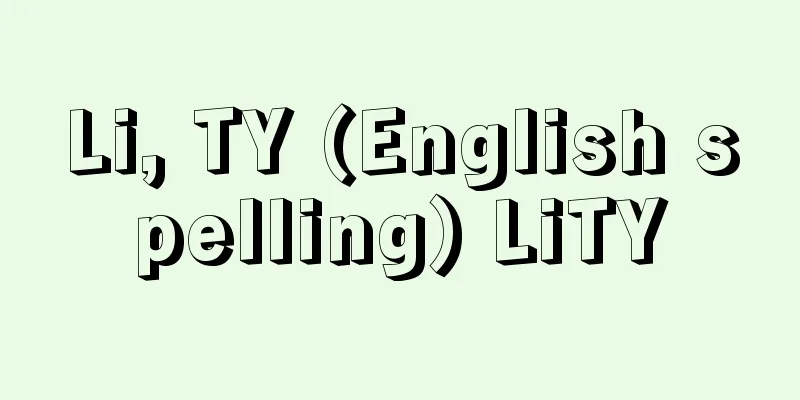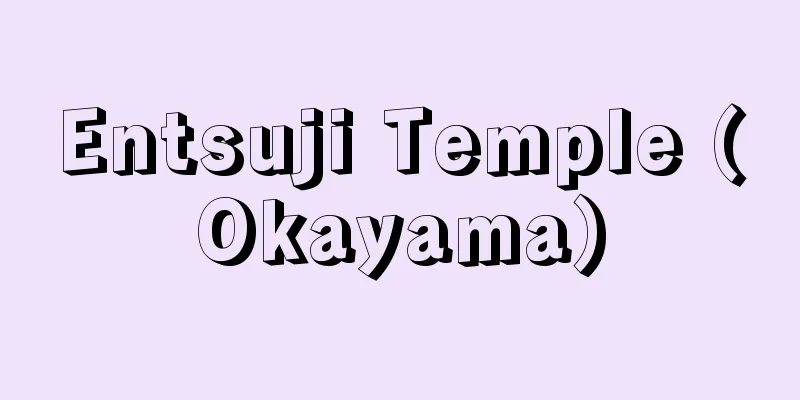Words after leaving the comfort of one's own home

|
It is also read as "Shutsujo Kogo." It is a book of anti-Buddhist arguments from the mid-Edo period. It is in two volumes. The first volume has 13 chapters, and the second volume has 12 chapters. It was written by Tominaga Nakamoto in 1744 (Enkyo 1). It analyzes and criticizes Buddhist scriptures, discusses the essence and history of Buddhism, and rejects Mahayana Buddhism. First, it claims that Buddhist scriptures were not preached by Shakyamuni, but were all created by later generations, and many were written by people 500 years after the death of Buddha. It also claims that both modern Buddhism and Confucianism are ultimately ethical and there is no superiority or inferiority. Furthermore, it rejects the ugly sectarian conflicts between Buddhist sects, saying that they all have the same goal of "doing good," and also rejects the sectarian nature of Buddhism. Shutsujo means returning to normal conditions from the state of meditation. Here, the title of the book is given to mean leaving Buddhism and criticizing it objectively. [Keimura Fumio] "Tominaga Nakamoto and Ishida Baigan" edited by Kato Shuichi (1972, Chuokoron-Shinsha, Japan's Masterpieces 18) " "Tominaga Nakamoto and Yamagata Banto" edited by Nagata Norihisa and Arisaka Takamichi (1973, Iwanami Shoten, Japan's Greatest Thought Series 43)" Source: Shogakukan Encyclopedia Nipponica About Encyclopedia Nipponica Information | Legend |
|
「しゅつじょうこうご」とも読む。江戸時代中期の排仏論の書。2巻。上巻は13章、下巻は12章からなる。1744年(延享1)富永仲基(とみながなかもと)の著述。仏教経典を分析批判し、仏教の本質と歴史を論じて大乗仏教を否定した。まず、仏教経典は釈迦(しゃか)が説いたものではなく、すべて後世の者の作為であり、多くは仏滅500年後の人の作であるとする。また現在の仏教も儒教も終局的にはいずれも倫理であり優劣はない、とする。さらに仏教各宗派の対立も「善をなす」点では同じ目的であるとして醜い宗派間の争いを否定するとともに、その宗派性も否定した。出定とは禅定の境地から平常の状況に戻ること。ここでは仏教を離れて客観的に批判するの意味で書名がつけられている。 [圭室文雄] 『加藤周一編『富永仲基・石田梅岩』(『日本の名著18』1972・中央公論社)』▽『永田紀久・有坂隆道校注『富永仲基・山片蟠桃』(『日本思想大系43』1973・岩波書店)』 出典 小学館 日本大百科全書(ニッポニカ)日本大百科全書(ニッポニカ)について 情報 | 凡例 |
>>: Law Concerning the Regulation of Acceptance of Contributions, Deposits, and Interest Rates, etc.
Recommend
Song of My Cid - Song of My Cid (English)
Spanish epic poem. Author unknown. Traditionally,...
Simple printing - Simple printing
Please see the "Light Printing" page. S...
Irish Sea - Irish Sea
Also known as the Irish Sea. The sea between the i...
Teflon (English spelling)
Polytetrafluoroethylene, a type of fluororesin. Du...
Garrulus lanceolatus (English spelling) Garrulus lanceolatus
…[Naoya Abe]. … *Some of the terminology that men...
Kanagaeshi - Kanagaeshi
〘Noun〙 (meaning Kana 'han-kiri') 1. The us...
two-leaved Solomon's seal
...It is widely distributed in the subarctic zone...
Paris - Paris (English spelling)
Overview The capital of France. Located in the ce...
potato yam
...It is widely distributed and is an important f...
Zenjiro Yasuda
Year of death: September 28, 1921 Year of birth: T...
Carmen Silva
…He reorganized the Romanian army according to th...
Tsuruga [city] - Tsuruga
A city in central Fukui Prefecture. It was incorpo...
Ilmenite (English spelling)
One of the ore minerals of titanium. The ores tha...
Water transport - Suiun
Transporting people and cargo by boat or raft usi...
The record of the protection of the government
Written by Kuriyama Senpo. 2 volumes. Completed in...









